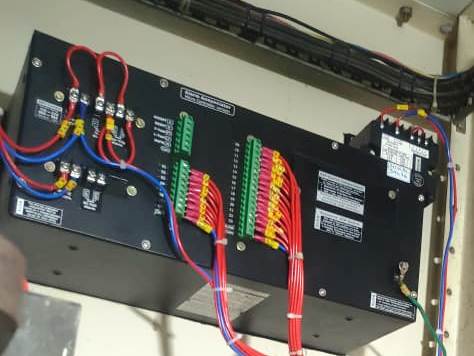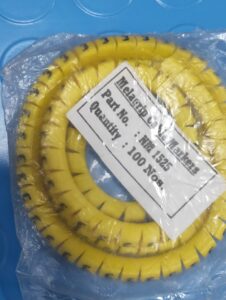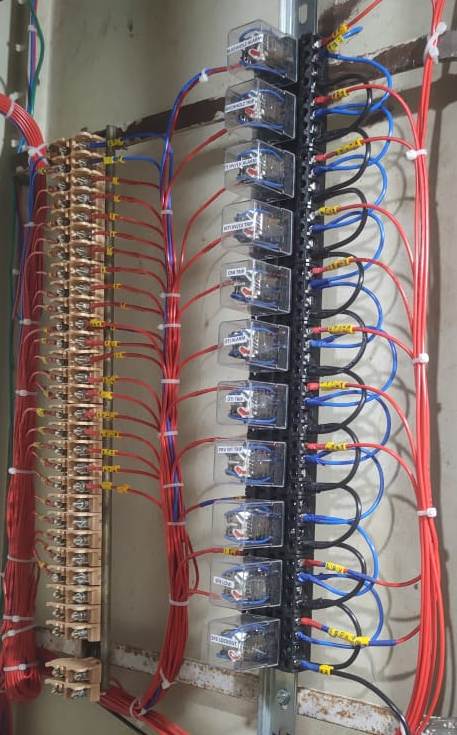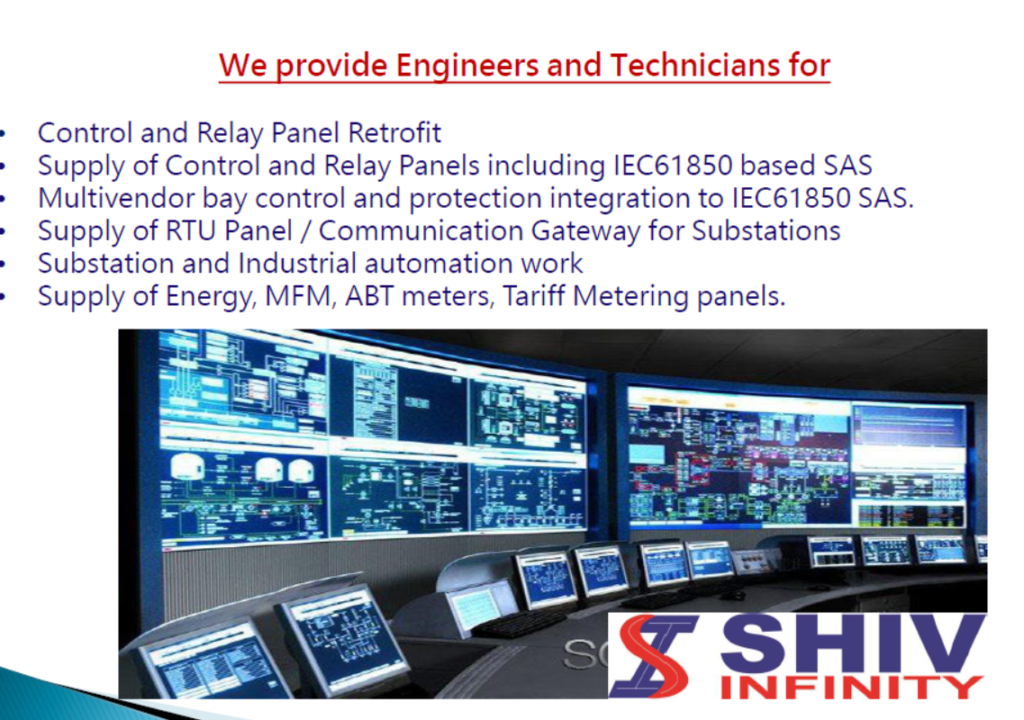INTRODUCTION
In relay control and protection schematics, several key components are essential for ensuring proper operation and protection of electrical systems. Here’s an overview covering terminal blocks, auxiliary contacts, and relay power supply uses.
In a control and relay (CR) panel, the wiring for facia and annunciator circuits, along with the implementation of protection schemes crucial for effective monitoring and control of electrical systems. Here’s an overview of how these components are typically integrated:

- Facia Circuit Wiring:
- The facia circuit refers to the panel’s front-facing interface, which may include indicators, switches, meters, and other user interface elements.
- Wiring for the facia circuit connects these interface elements to the control and monitoring devices within the CR panel.
- This wiring ensures that operators can interact with the panel, monitor system parameters, and control various functions effectively.
- For example, indicator lights may be wired to signal the status of different components or alarm conditions, while switches may be wired to control the operation of relays or other devices.
- Annunciation Circuit Wiring:
- The annunciation circuit is responsible for providing visual or audible alarms to alert operators of abnormal conditions or faults within the electrical system.
- Wiring for the annunciation circuit connects alarm devices such as buzzers, sirens, indicator lights, or annunciator panels to the monitoring and relay devices in the CR panel.
- When a fault or abnormal condition is detected by the monitoring system, signals are sent to the annunciation circuit to activate the appropriate alarms.
- Proper wiring and configuration of the annunciation circuit are essential for ensuring that operators are promptly alerted to potential issues, allowing them to take appropriate action to mitigate risks and prevent damage to equipment.

Terminal Blocks:
In schematics, terminal blocks are typically represented by rectangular boxes with labeled terminals or connection points. They are often used to connect power sources, relays, switches, sensors, and other devices.
Proper labeling of terminal blocks is crucial for clarity and ease of understanding in schematics. Labels should indicate the function or purpose of each terminal, such as “L” for line, “N” for neutral, “COM” for common, and specific designations for input and output connections.


Auxiliary Contacts:
In schematics, auxiliary contacts are depicted alongside the main relay symbol, usually with designated labels indicating their function and connection points. They are represented as smaller contact symbols connected to the main relay coil or contacts.
Auxiliary contacts can be normally open (NO), normally closed (NC), or changeover contacts (CO), depending on their configuration and intended function. They play a crucial role in enhancing the functionality and flexibility of relay-based control and protection systems.
Power Source of Relays
Common sources of power for relays include:
- AC (Alternating Current) mains power: Relays can be directly powered from the AC mains supply using appropriate voltage levels and connections. This method is commonly used in industrial and commercial applications where AC power is readily available.
- DC (Direct Current) power supply: Relays can also be powered from a dedicated DC power source, which may be preferred in certain applications for compatibility with DC control circuits or where AC power is not available or practical.
- External power supply units: In some cases, external power supply units or transformers may be used to provide the required voltage and current levels for relay operation. These units are typically integrated into the overall system design to ensure a reliable and stable power supply to the relays.

SUMMARY
In schematics, the power supply connections for relays are typically indicated by labeled lines or symbols representing the power source and connections to the relay coils. Proper power supply design and wiring are essential to ensure the reliable and consistent operation of relay-based control and protection systems.
ElectricKnowHow Editorial
Empowering Electrical Knowledge

